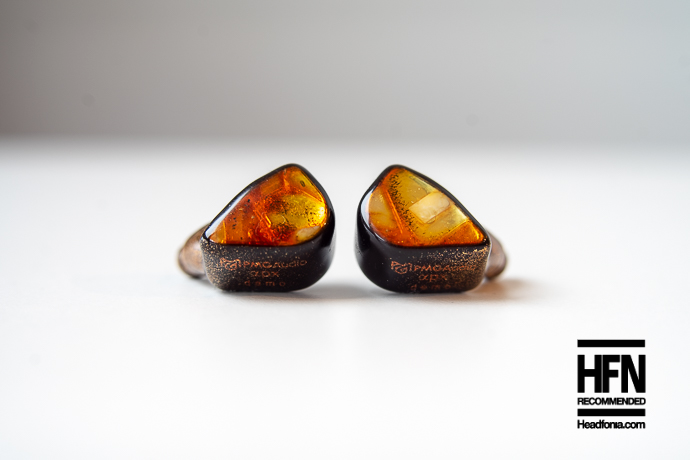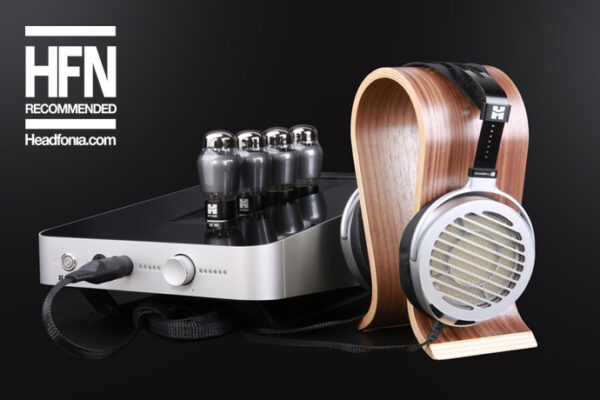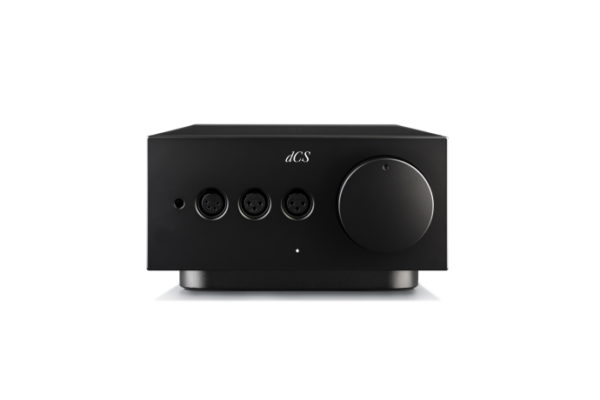Technical Performance
The PMG Apx boasts an impressive array of technical capabilities, with its expansive staging, precise positioning, and remarkable imaging standing out as some of its most striking features. When it comes to soundstage performance, the Apx excels, offering a listening experience that is nothing short of astounding. The stage extends with remarkable width and depth, creating a sense of spaciousness and airiness that envelops the listener. Even in complex musical passages, the Apx ensures that you never feel crowded by the music, allowing each instrument and element to occupy its own distinct space within the sonic landscape.
Furthermore, the Apx shines in its ability to handle pace, rhythm, and timing (PRaT) with remarkable finesse. Thanks to its inherent speed and agility, the Apx effortlessly navigates fast-paced and densely layered compositions, delivering a level of clarity and coherence that is truly impressive. Despite the complexity of the music, the Apx maintains fantastic timbre, ensuring that each note is rendered with stunning accuracy and realism.
Additionally, the Apx excels in note weight, providing a sense of solidity and substance to the sound that enhances its overall naturalness and presence. This combination of technical prowess and musicality elevates the Apx to new heights, making it a standout choice.
In terms of sensitivity, the Apx is very easy to drive, and you can use it with everything including portable DAC/Amps and many audio players. The amplification is no concern here, and let’s not forget that the Apx has the renowned FIBAE technology, so it should perform consistently with any gear.
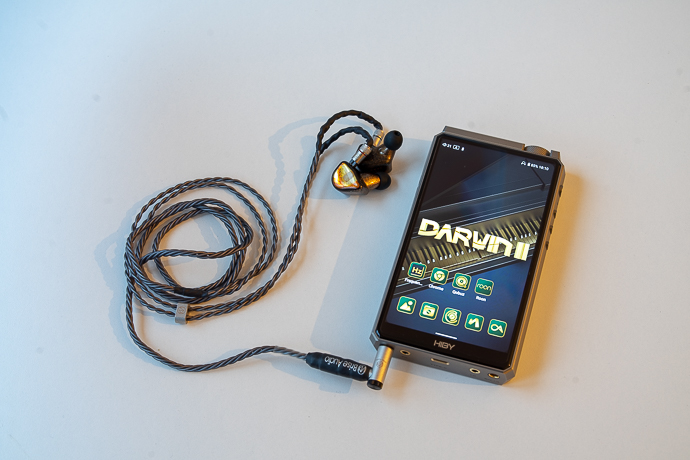
Sources
By incorporating FIBAE technology, the PMG Apx ensures that its sound signature remains remarkably consistent across various source devices. While subtle differences in sound may still be discernible based on the source used, the overall signature remains true to its intended presentation.
While the Apx is not difficult to pair well with, I have found that it works best with digital audio players that have a warm and full sound. Though FIBAE technology reduces the need for precise source matching, I still recommend finding a compatible and complementary source to achieve the best performance from the in-ear monitors, based on my personal experience.
With HIBY RS8, the sound is a bit more bass-oriented, but the Apx controls that perfectly, and the sound overall has excellent body, texture and fullness. A very satisfying sound performance indeed. As RS8 is still one of the best DAPs around, this was expected. However, when I added the Brise Audio Tsuranagi to the mix, the overall performance simply blew me away. It suddenly became the best portable audio system sound that I’ve experienced in this hobby. So RS8 – Tsuranagi – Apx is a dream system.
With the new R8 II, however, the presentation becomes incredibly clean and very compatible with classical and philharmonics. You get a very spacious presentation with a fantastic background performance. Another special pairing.
I would say that if you can find this Apx IEM, you shouldn’t give much attention to the sources, as I think any flagship-grade source would suffice, since the Apx is very consistent with its delivery.
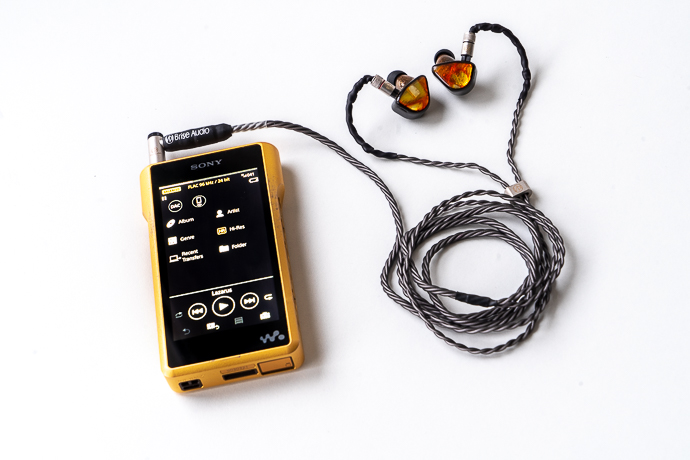
Comparisons
The Noble Audio Viking Rangar and the PMG Audio Apx both represent top-of-the-line options in the realm of IEMs, each offering a distinct approach to design and sound. In terms of packaging, the PMG Apx exudes luxury with its opulent presentation, while the Noble Audio Viking Rangar takes a more utilitarian “Pro” approach, featuring a crushproof case and a no-nonsense design ethos. Both IEMs feature striking faceplates, with the Rangar boasting a colder yet equally intricate design with its Damascus-forged faceplate. The Apx incorporates real amber into its faceplates, adding a unique touch of elegance.
When comparing sound signatures, the Rangar leans towards neutrality and analytical precision, catering to studio professionals and audiophiles seeking uncoloured sound reproduction. In contrast, the Apx offers a more musical and engaging presentation, characterized by rich texture and a “hi-fi” approach that prioritizes enjoyment and immersion. While both IEMs deliver impressive resolution and detail retrieval, the Apx distinguishes itself with its expansive soundstage and precise imaging capabilities, creating a more enveloping and spacious listening experience compared to the Ragnar.
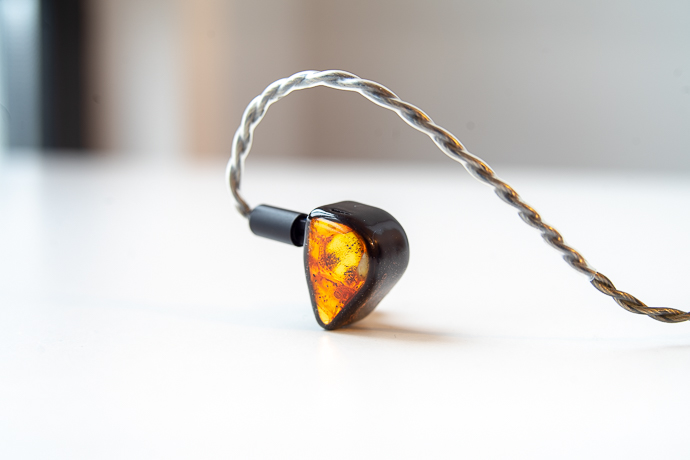
One of the best IEMs in the recent past, the Anni 2023 is a seriously good IEM. Its packaging is very nice and premium, but not on the same level as the Apx, unsurprisingly. In terms of ergonomics, it’s much bulkier with its unique internal design, so the Apx has the fit advantage as well.
In sound, the Anni 2023 has a more sub-bass-oriented approach, with more rumble and impact. But if we look at it from a bass quality perspective, it’s not on the same level as the Apx, which has great decay, attack and speed. When it comes to the mid-range, the Elysian is more coloured and has an upper mid-range focus, whereas Apx has a focus which is equally spread through the mid-range.
When it comes to technicalities, the Apx is superior in every way with a bigger soundstage, better balance and cohesiveness, better resolution, clarity, and transparency.

Conclusion
PMG Audio, spearheaded by industry veteran Piotr Granicki, has spared no expense in creating the Apx, pouring over a decade of expertise into its development. With a driver configuration comprising 11 drivers per side and a sophisticated 7-way crossover network, the Apx achieves a level of technical performance that is nothing short of breathtaking.
This unit represents the pinnacle of audiophile IEM technology. combining exceptional comfort, stunning design, and unparalleled sound quality into a single package. It provides the ultimate performance in terms of tonality, resolution and soundstage. It doesn’t matter what you throw at it. Try Classical, Jazz, Pop, RnB or other genres. It doesn’t matter, as Apx can make them sound right and natural, with effortlessness.

Unfortunately, this outstanding overall performance comes at an extremely high price. In today’s market where we talk about 8000$ IEMs, the prices go up and up exponentially. But regardless of the market’s current state, with its meticulous craftsmanship, versatile performance, and uncompromising attention to detail, the PMG Apx sets a new standard for what is possible with universal in-ear monitors. So it goes to our Best IEM Recommendations.
Pros:
- Great fit
- Authentic design with amber
- Fantastic technical performance
- Great timbre
- Fast response
- Very natural and effortless
Cons:
- The package design and content could’ve been better
- The cable could’ve been more premium
- Might be a bit bright for some
Page 1: Intro and About the IEM





